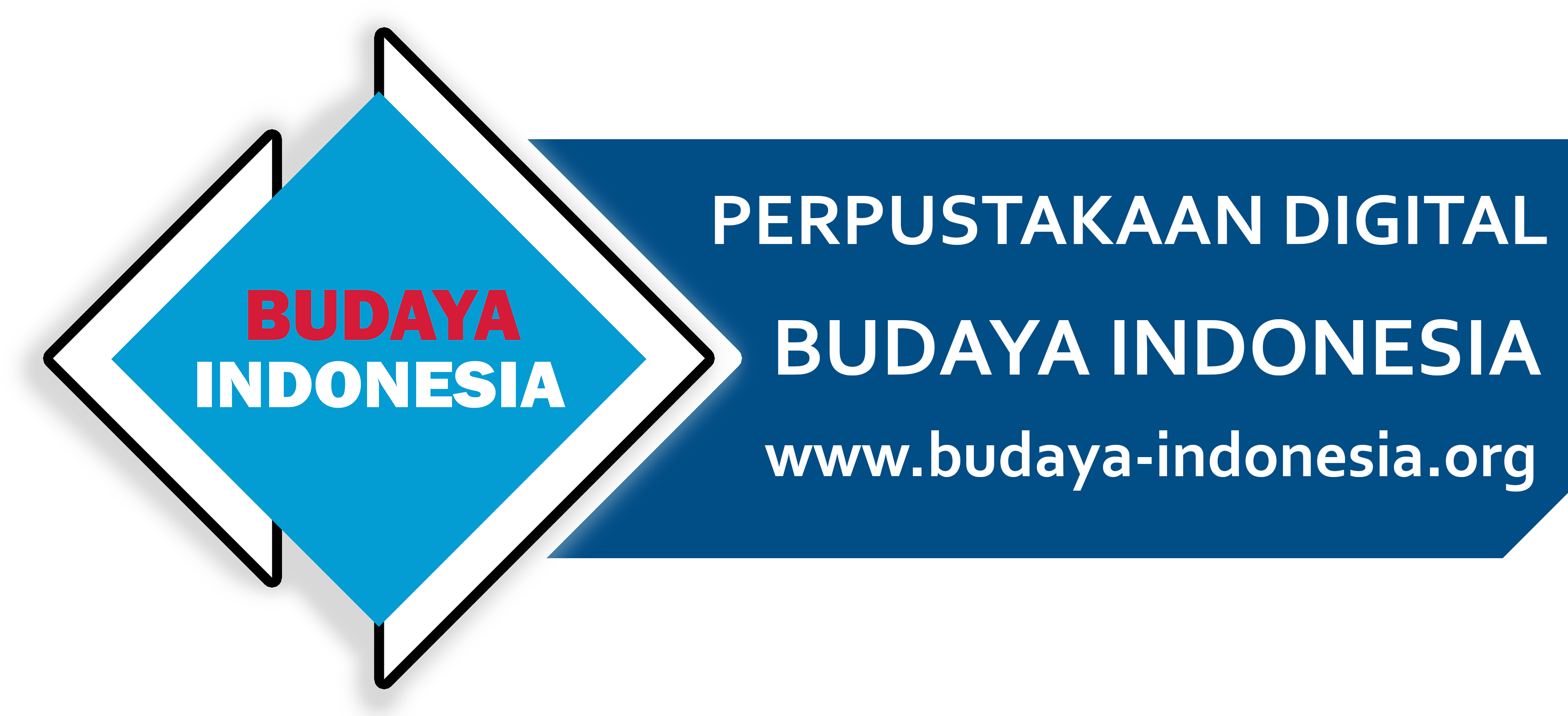Pancakaki: Tracing Family Ties in Sundanese Culture
INFOBUDAYA.NET — In Sundanese society, family relationships are not only bound by blood but also by cultural customs that regulate how each family member is addressed and understood. This system of kinship is known as pancakaki, a concept that reflects not only family lineage but also values, etiquette, and cultural identity held in high regard. Pancakaki carries two main meanings in Sundanese tradition. First, it refers to the relationship between one person and another who are related by blood or kinship. Second, it refers to the process of tracing family history. In practice, this often appears in everyday conversations. For instance, when two Sundanese people meet and suspect they might be related, they might say, “Cing, papanggih urang di pancakaki heula,” which means, “Let’s check the family line to see how we’re connected.”
Understanding pancakaki is essential, as Sundanese customs require individuals to address each other correctly based on their place in the family hierarchy. There are specific terms for each level of descent, from the oldest ancestors to the youngest generation. For example, bau-sinduk refers to a very distant ancestor, while anak means the first generation. Then comes incu (grandchild), buyut (great-grandchild), bao (child of a great-grandchild), and so on until it loops back again with bau-sinduk being the final descendant in the generational cycle. Similarly, horizontal or lateral family relationships have terms such as adi for younger siblings, lanceuk for older siblings, emang or paman for an uncle, bibi for an aunt, and ua for an older sibling of one’s parents.
Pancakaki also extends beyond the nuclear family to include distant relatives and in-laws. Terms like mintelu for third-generation cousins, bésan for the parents of a son- or daughter-in-law, minantu for son- or daughter-in-law, and maru for a co-wife are all part of this system. There are also terms like anak téré for stepchildren and dulur téré for step-siblings. Entirely unrelated people are referred to with terms such as deungeun-deungeun or teu hir teu walahir to indicate they have no kinship ties whatsoever. These terms show how deep and detailed the Sundanese understanding of kinship is.
In Sundanese life, calling someone by the correct term is not just a matter of politeness, but an acknowledgment of their place within the social and familial structure. Each name in the pancakaki system carries meaning, function, and respect for cultural values. It is not just about genealogy but serves as a guide in building relationships, communicating, and strengthening social bonds.
In today’s world, where modernization often erodes interpersonal connections, pancakaki serves as a crucial counterbalance. It reminds each individual that they are part of a long historical line that shapes their identity. Awareness of kinship through pancakaki strengthens mutual respect, fosters solidarity, and preserves the noble values passed down from ancestors. Thus, knowing and understanding pancakaki is not only about recognizing who your relatives are, but also about preserving Sundanese heritage and identity.
Reference:



Tidak Ada Komentar